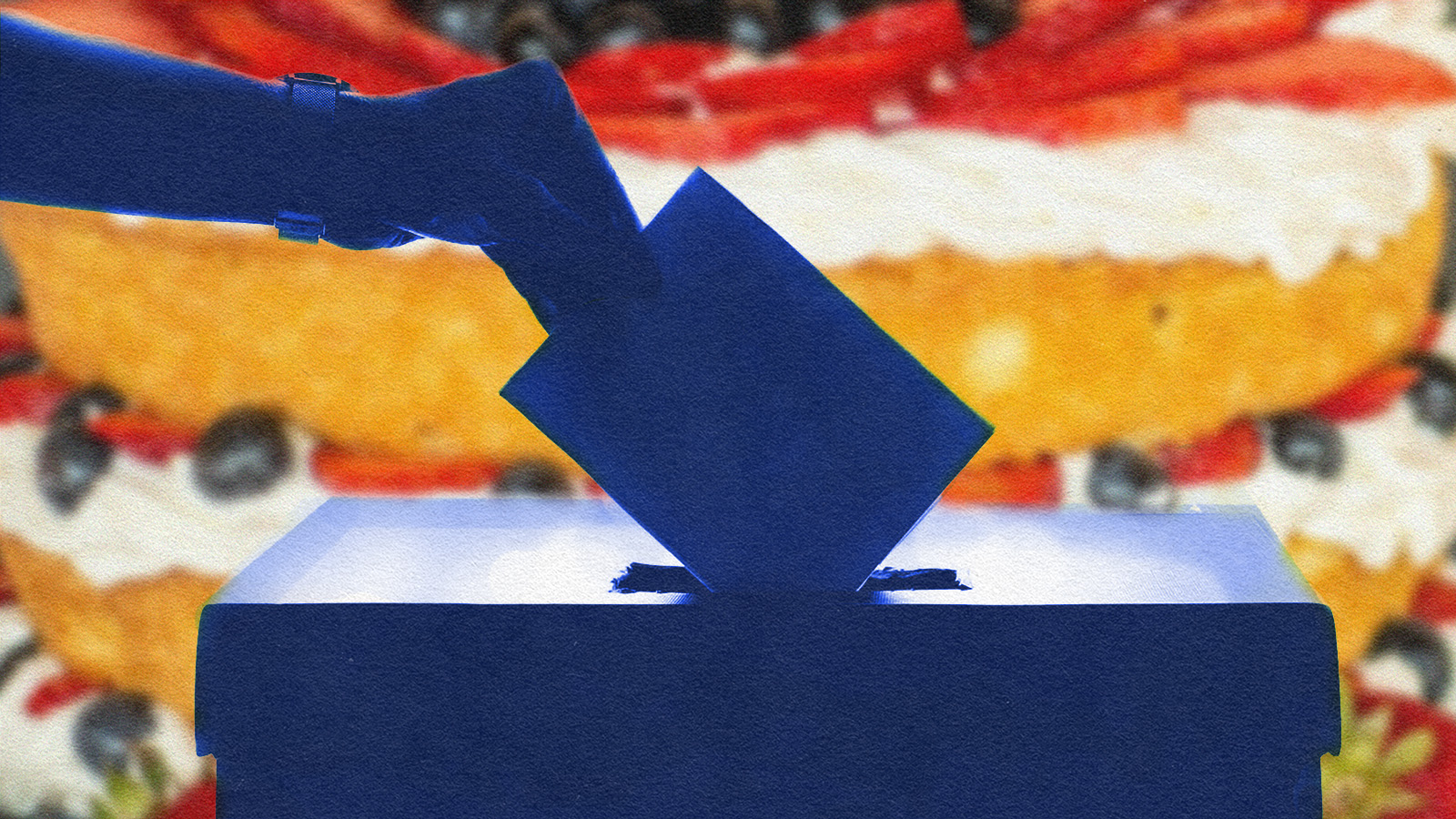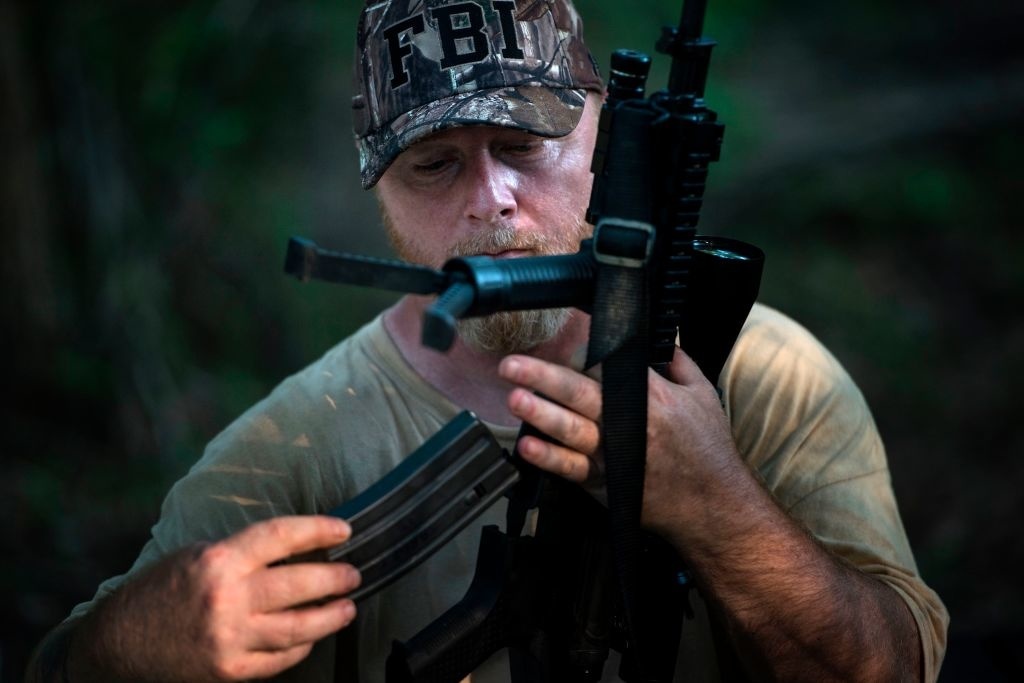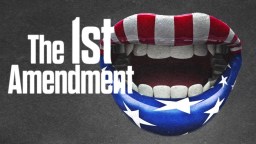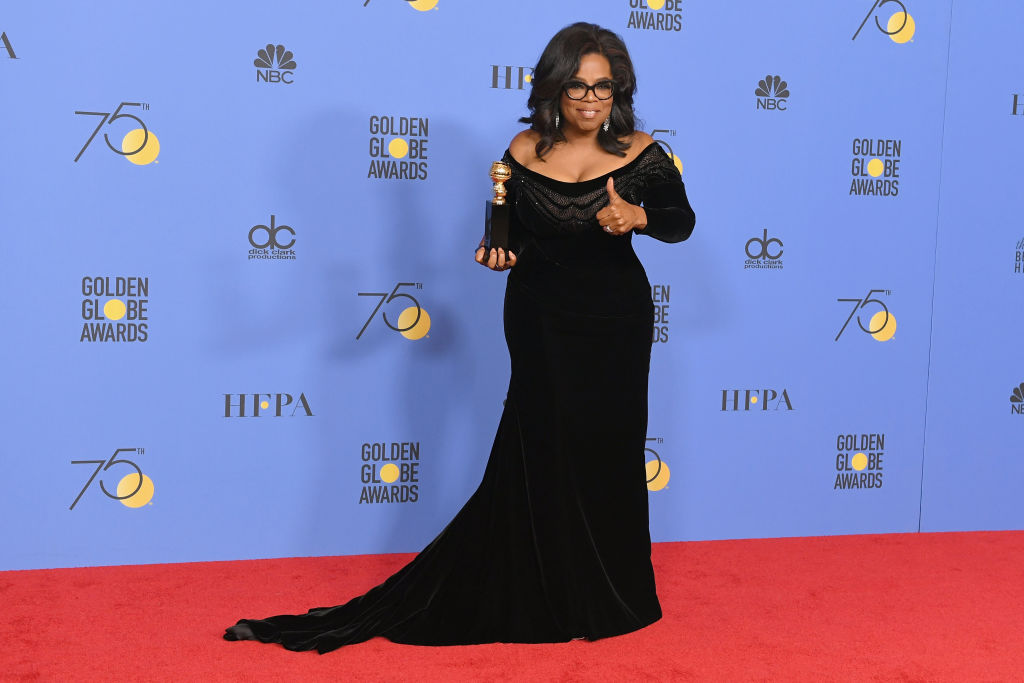The gun control debate has been at fever pitch for several years now, and as things fail to change the stats get grimmer. The New York Times reports that there have been 239 school shootings nationwide since the 2012 Sandy Hook Elementary school massacre, where 20 first graders and six adults were killed. Six years later, 438 more people have been shot in schools, and for 138 of them it was fatal. Here, journalist and author Kurt Andersen reads the Second Amendment, and explains its history from 1791 all the way to now. “What people need to know is that the Second Amendment only recently became such a salient amendment,” says Andersen. It’s only in the last 50 years that the gun debate has gone haywire, and it was the moment the NRA went from reasonable to absolutist. So what does the “right to bear arms” really mean? What was a firearm in the 1790s, and what is a firearm now? “Compared to [the] many, many, many rounds-per-second firearms that we have today, it’s the same word but virtually a different machine.” Kurt Andersen is the author of Fantasyland: How America Went Haywire.
Kurt Andersen: We all now know about the Second Amendment. We hear about it all the time. It is a huge driver of our politics on the Right. What people need to know is that the Second Amendment only recently became such a salient amendment.
Here’s the Second Amendment: “A well-regulated militia, being necessary to the security of a free state—“ Let me repeat that: “A well-regulated militia, being necessary to the security of a free state, the right of the people to keep and bear arms, shall not be infringed.”
Well, first of all: what did that mean, the Second Amendment, back in the 1780s and 1790s when the Constitution and its first amendments were written?
It meant, because the new United States would have no standing army, that any armed defense of the States or the United States would depend on militia who would be mobilized to fight the fights they needed to fight. So there’s that. Another important fact about the state of play when this amendment was written was the nature of arms themselves, of guns. A really good shooter could fire three or four rounds a minute—and that’s a really good one with these poorly aimed muskets and early rifles that they had.
So that was what was being regulated. It was, “Oh, let’s have a militia and they can use these guns,” which were the state of the art, but compared to many, many, many rounds per second firearms that we have today, it’s the same word but virtually a different machine.
So fast forward—or slow forward. For centuries of the Second Amendment didn’t really come up. People had guns; they hunted. Not everybody, but that’s what happened, they used them for protection in rare cases, but it wasn’t a big deal until starting in the 1960s when suddenly in a matter of months and a few years a presidential candidate, the great leader of African America and freedom Martin Luther King were killed, and other people attacked by assassins. Suddenly it seemed to reasonable people that, “Oh, we should have some controls on who can get guns how easily.”
So we enacted some very modest regulations about registrations and limiting certain kinds of cheap weapons and so forth. And back then in the late '60s and even in the early ’70s the National Rifle Association was reasonable, was fine. Okay yeah they negotiated these laws but they were okay.
Then, as so many things were going haywire in the national discourse in the late '70s, the National Rifle Association and the gun lobby more generally went out of its mind, to be blunt, and decided to be absolutists, that there would be no regulation of guns and we would fight any regulation of guns, and, moreover that was all driven by a fantasy that the Federal Government was about to confiscate all of our guns that every individual had.
So suddenly the Second Amendment became a thing that people were aware of and it was driving this passionate, fervent political faction. The NRA, by the way, changed its motto from one about safe sporting and so forth to quoting the Second Amendment.
But still for a while, for 20 years, the courts weren’t buying this idea that the Second Amendment meant that we could not regulate the ownership of guns or the sales of guns. And by the way, we'd allowed: ”Oh, you can’t buy machine guns, you can’t have a sawed-off shotgun.” Those things happened over the course of the 20th century, and nobody said boo. But suddenly at the end of the 20th century we had this ferocious and powerful faction interpreting the Second Amendment in a new way, interpreting the Second Amendment in a new way that the retired Chief Justice of the Supreme Court in the '90s, after he retired, Warren Burger—a Republican, put in place by a Republican president—said, “This is a fraud that people like the NRA are committing. This is not what the Second Amendment means, it’s a fraud,” he said.
But they kept at it and it became more and more respectable, this idea that the Second Amendment was absolute and applied to individuals who weren’t members of the National Guard or any other well-regulated militia.
And finally in 2008 and 2010 in two decisive, definitive, absolute decisions the Supreme Court decided this new interpretation of the Second Amendment that had not existed in respectable legal circles 20 years earlier was the law, is what the Constitution meant.
So that’s now what our Constitution means. So as a result any, I think, really meaningful regulation of the ownership of guns at this point is a political fantasy as a result, ironically, of the Second Amendment absolutists and re-interpreters and revisionists and fantasists having imposed their interpretation of the Second Amendment on all of us.






